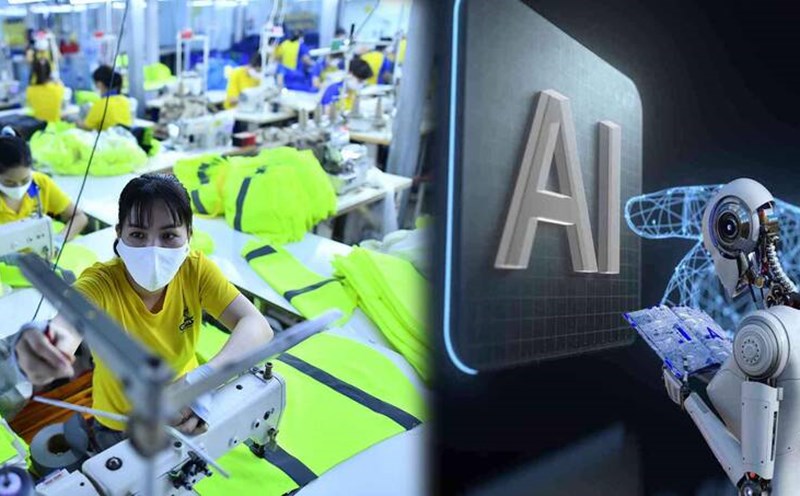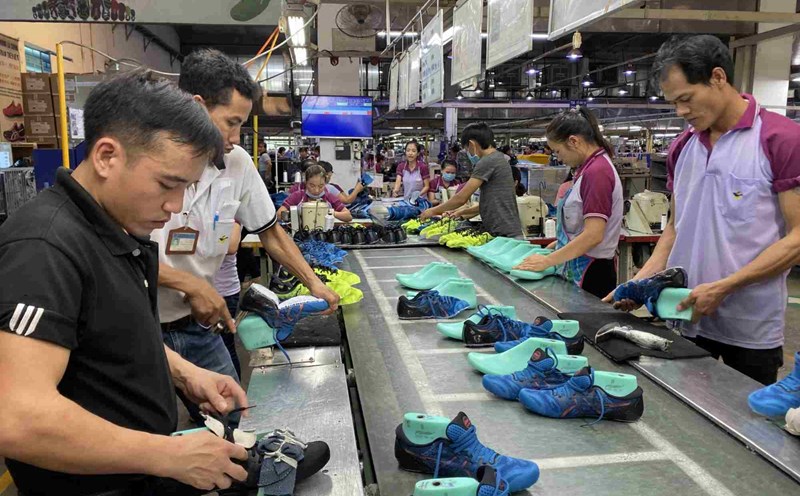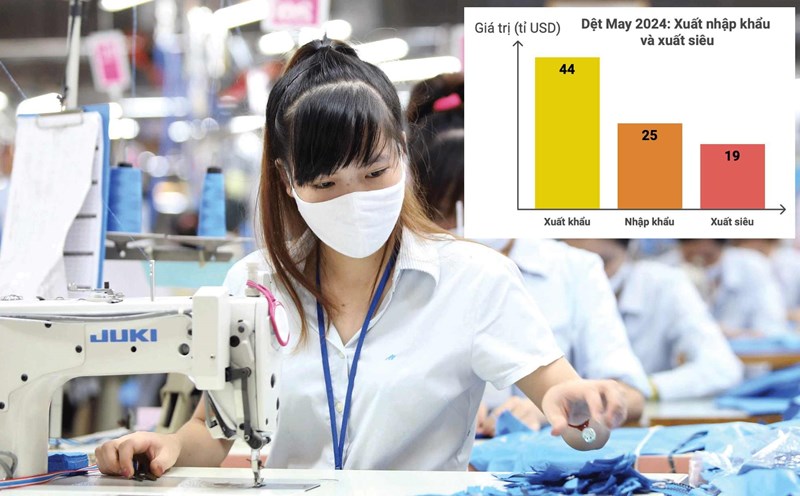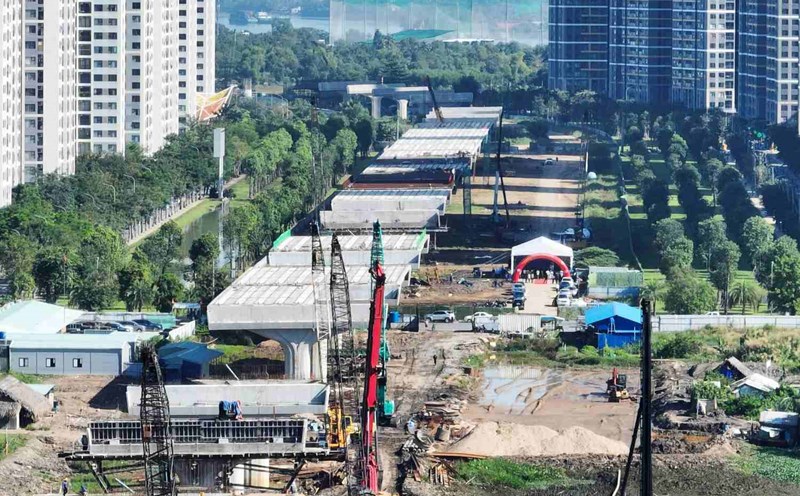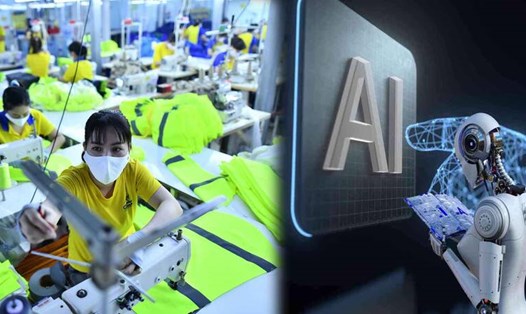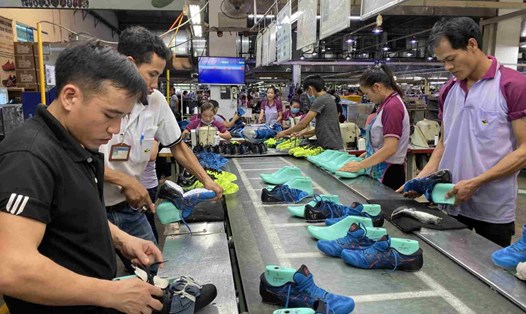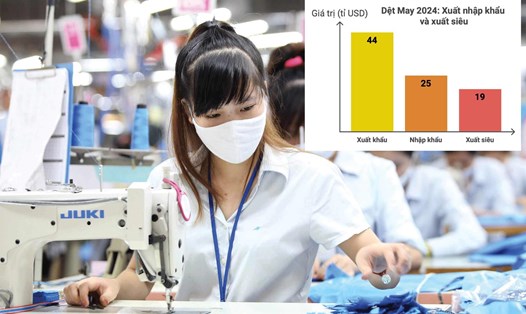Actively apply AI
Mr. Than Duc Viet - General Director of May 10 Corporation (May 10) said that May 10's main products are shirts, suits and trousers. Each month, the company produces an average of about 2 million products - but May 10 is still just a small link in the world fashion supply chain.
According to CEO May 10, in order for the Vietnamese textile and fashion industry to become a major global market, businesses need to "take shortcuts", in which actively transforming digitally, transforming greenly, and applying artificial intelligence (AI) to production is a vital task.
Currently, May 10 is applying artificial intelligence (AI) to design and production, helping to improve product integration. Previously, May 10 needed 3-5 workers for the water flow line or cluster line, but the new equipment system has reduced the number of manual workers by half, leading to double productivity.
When May 10 applied information technology software and gradually applied artificial intelligence to management, the production time for 1 product was reduced from 1,980 seconds to 1,200 seconds and now 690 seconds/1 product.
A typical example of management technology is the application of Lean manufacturing, which is one of the modern management methods to streamline production, reduce waste in the enterprise, and increase business efficiency. When applying the Lean model, May 10's labor productivity increased by 52%, the rate of defective products decreased by 8%, reduced working hours by 1 hour/day, increased income by over 10%, and reduced production costs by 5-10%/year.
Regarding AI applications, Mr. Vo Thanh Phuoc - Head of Product Development at Faslink Fashion Connection Joint Stock Company said that artificial intelligence is mainly used in product design, helping creative teams develop new ideas faster through analyzing and suggesting fashion trends, predicting color trends and popular designs.
Increase labor productivity - reduce labor thanks to AI application
Mr. Vu Duc Giang - Chairman of the Vietnam Textile and Apparel Association (VITAS), said that one of the outstanding successes of the Vietnamese textile and garment industry in recent times is the application of modern technology such as robots, AI, and 3D technology in the production process.
According to Mr. Giang, robotization is currently being applied in many stages of the production chain. Vietnamese textile and garment enterprises are gradually replacing manual labor with robots, especially in stages such as transporting goods to the production line, hanging products on the line, spinning...
“The use of robots not only reduces manual labor but also increases the stability and efficiency of the production process,” Giang emphasized, adding that artificial intelligence (AI) is becoming increasingly important in developing new product models. AI helps Vietnamese textile and garment enterprises be more proactive in creating and producing models.
In addition, AI is also applied in software system management, helping to increase transparency and control over the entire production process, from fibers, weaving to storage and transportation of goods.
Associate Professor Dr. Nong Ngoc Duy - Australian National Research Institute (Griffith University) - said that the application of advanced technologies and artificial intelligence can increase production productivity by up to 55% and profit margins by up to 15%. The global market for automation in the textile industry is growing significantly, with a forecast to increase by 775.92 million USD by 2028.
“To increase labor productivity and supply chain efficiency in the context of global fluctuations, Vietnamese textile and garment enterprises need to invest in advanced technology and automation, enhance supply chain management through digital systems and data analysis to forecast demand and optimize production. At the same time, training workers’ skills, especially in technology and digital processes, is an important factor to increase productivity and supply chain flexibility,” said Mr. Duy.

